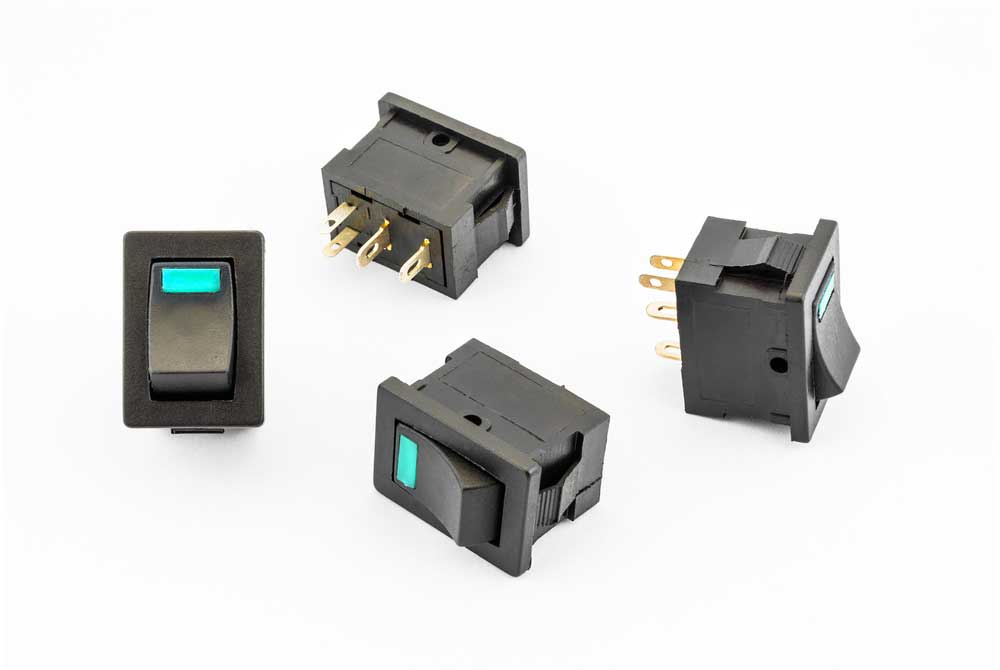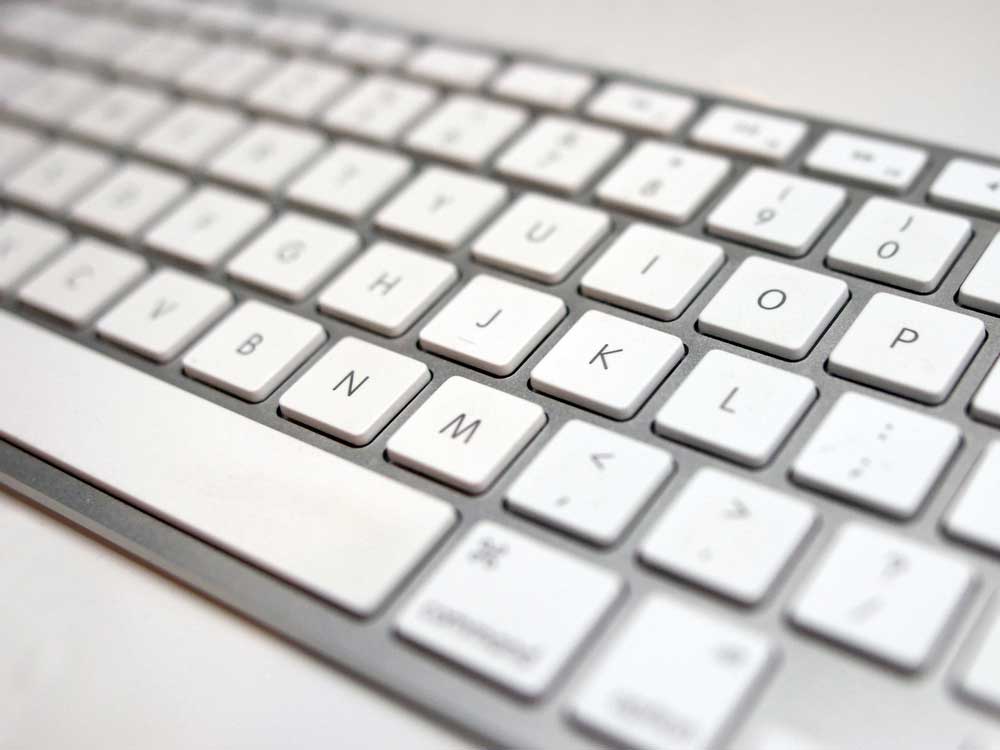Printed circuit boards are proving critical in electronics. You will find them in domestic appliances, industrial devices used in processing, aeronautical industries, etc. Controlling the circuitry is vital to manage the machines, and a PCB switch provides this control. Like the common switch type, a PCB switch cuts and reconnects the power supply to regulate power. Read on to learn more about this component.
Contents
Special Offer: Get $100 off your order!
Please email [email protected] for details.
What is a PCB Switch?
Like traditional switches, a PCB switch is the electrical part of a circuit that regulates the current in a circuit board either by breaking or completing it.
When using the traditional switch, turning it on completes the circuit to allow current through, while turning it off breaks it and cuts off the power supply.
A circuit board switch operates in the same way, and it comes in different forms, such as:
- Toggle switch
- Push-button switch
- DIP switch
- MEC switch
- Microswitch
- Rocker switch, and more

A lamp rocker switch
Designers are increasingly shifting from traditional switches to the circuit board type because they have several benefits.
Benefits of Printed Circuit Board Switches
Some of the benefits of PCB switches include the following:
- Firstly, they conduct electricity with little resistance because copper is the conductive material.
- Secondly, the component can better withstand harsh and extreme conditions, such as outdoor.
- Thirdly, they support multiple plating options, like gold plating.
- Fourthly, they support backlighting to allow in-depth customization. The backlight can be any commonly used type of light, such as LEDs, fiber optics, light guides, electroluminescent, etc.

A backlit keyboard
- Lastly, they support multiple soldering methods, such as epoxy-based and hard soldering.
Special Offer: Get $100 off your order!
Please email [email protected] for details.
Features of PCB Mounted Switch
PCB-mounted switches have the following features:
- Modular design
- Front protection
- Unique PCB mounting
Application of PCB Mount Switches
You can find PCB-mounted switches in the following areas:
- Cabinet switches
- Conveyor systems
- Specialized vehicles
- Control and machinery systems
- Process automation
Plate Mounted vs. PCB Mounted Switches
Both plate-mounted and PCB mounted switches (3-pin and 5-pin switches) form the basis of the working mechanisms for a mechanical keyboard. However, they are different and affect the properties of the keyboard.

A mechanical keyboard
As the name suggests, a plate-mounted switch requires a plate to function and features three pins on its lower section. Instead of having stabilization pins, it uses the metal plate for securing and aligning the switch.
The design creates a more rugged, stable, and sturdy design that works best for more prominent keyboards. However, the plate raises the production costs.
On the other hand, the PCB-mounted type is a 5-pin switch: two plastic ones for stability, two for making the switch work, and one in the middle that acts as a large, round handle. Additionally, it features guiding pins for easy button mounting on the circuit board.

A keyboard PCB with the button switches
Since there is no metal plate, the switch sits directly on the PCB, creating a small and compact keyboard with soft keys. However, it is not as robust as the plate-mounted keyboard because it usually feels rickety or less stable.
Also, it is the cheaper PCB switch and requires little construction work.
Example of PCB Switch
Having understood the PCB switch and its mounting techniques, you need to consider a PCB switch example. We will look at the DIP switch (Dual-Line Package switch). Even though it has small electronic controls, they are all manual and designed for packing in other circuits.
A DIP switch might also refer to single or multi-switch units for controlling energy flow in a circuit board. Once installed in a PCB, a DIP switch enables behavior customization of the electronic device, allowing for complete control over the specific functions.
You can find these tiny, affordable toggle row switches in the following:
- PC hardware and peripherals configuration
- Opening mechanisms for garage doors
- Universal or multi-device remote controls for averting electrical interference
The DIP switch is instrumental in creating multiple radio frequencies for transmitter and receiver pairing in the last application.
Summary
To sum up, PCB switches are essential components in electrical devices because they bring in an element of control. Since multiple devices require circuit boards, it is vital to consider the switch in your PCB design.
After incorporating it into your design, get in touch with us to inquire about the fabrication process. We have been in the PCB manufacturing business since 2005 and have the necessary experience to build top-quality circuit boards.
Special Offer: Get $100 off your order!
Please email [email protected] for details.







